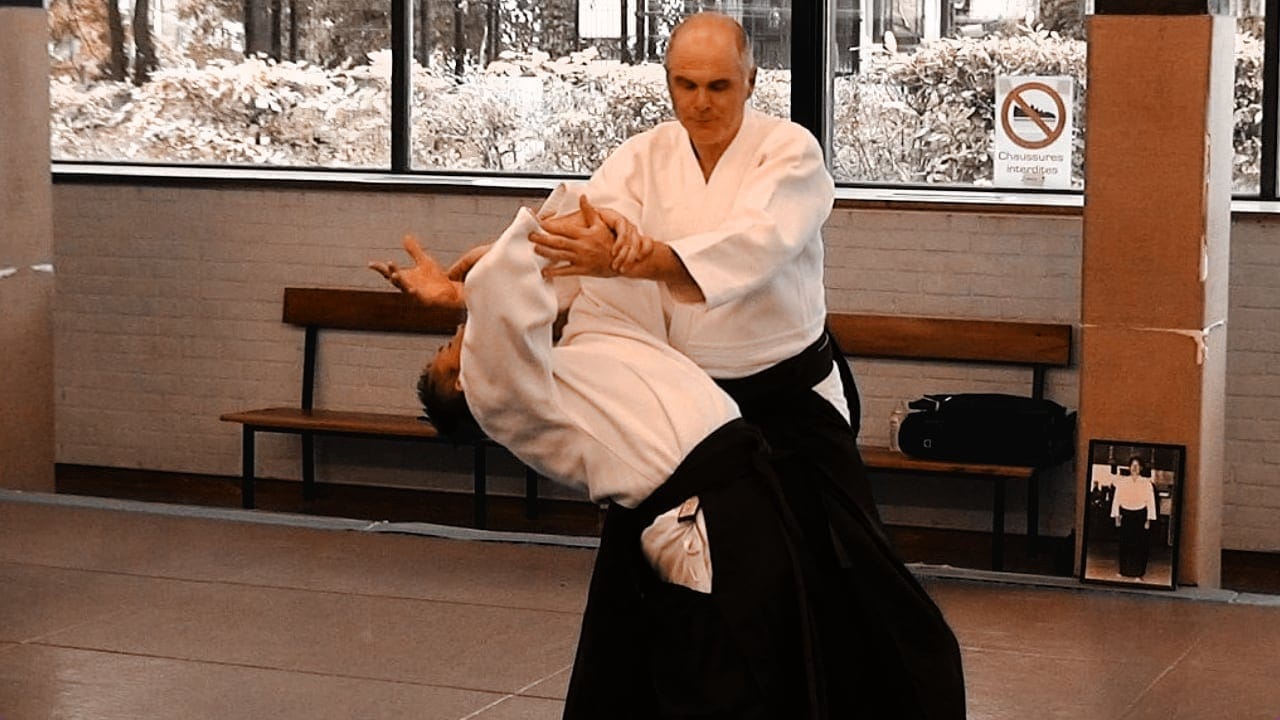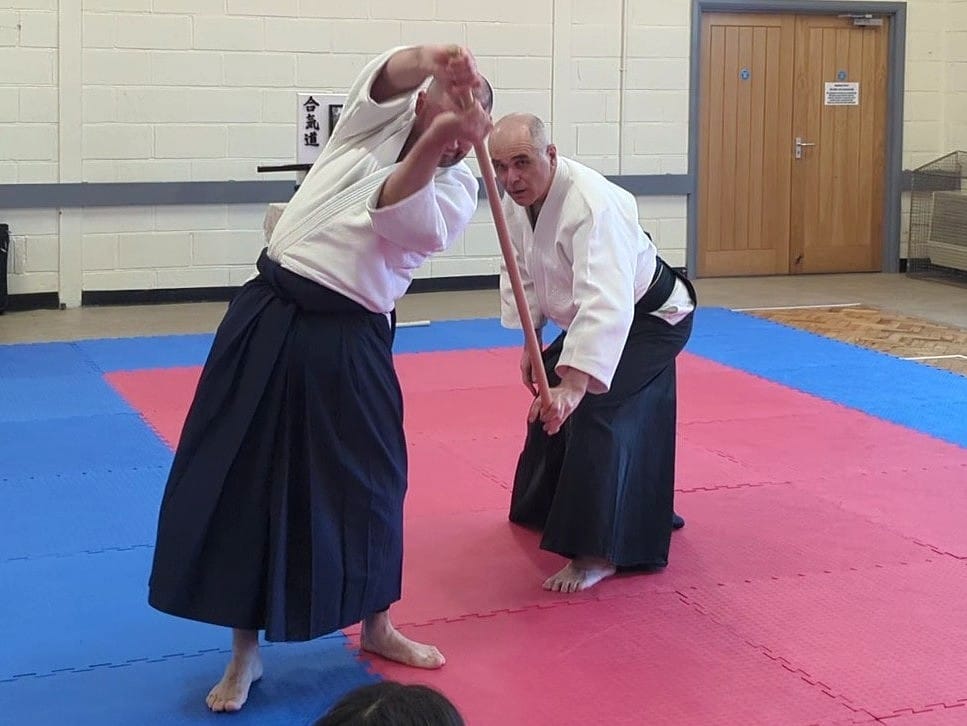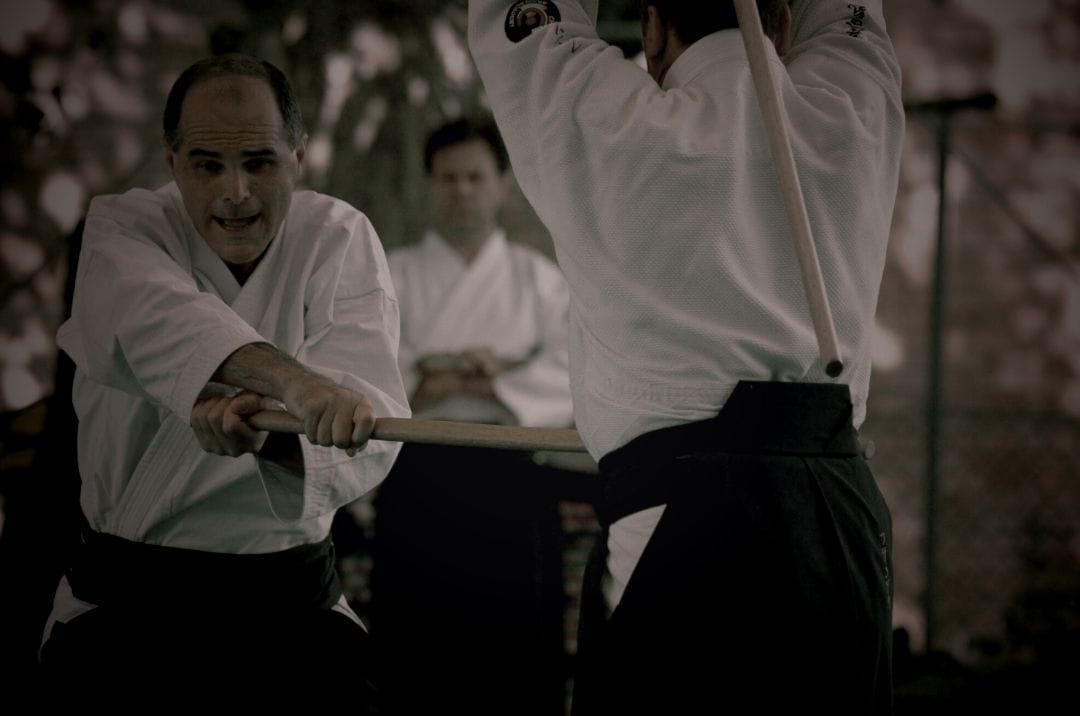I have already explained that all the movements that are studied during Aikido training - by which I mean shiho nage, kote gaeshi, irimi nage, kumitachi, kumijo etc., in which the content of Aikido is generally seen - are not yet Aikido.
All these exercises are in fact a vast preparation for the practice of Aikido, a preparation that takes place over decades.
But there is also a preparation for this preparation. Every time you step onto a tatami mat, you need to warm up your body. We owe this to this faithful companion who will allow us to study by being manhandled in a thousand ways without ever complaining.
This preparation for preparation goes by the Japanese name of jumbi dosa. Some of the exercises are performed with a partner, while others are practised alone. It's a kind of gymnastics to warm up the body, but a little different from what we're used to in the West. The video shows one of these exercises performed with a partner:
There are two possible and correct ways of doing this exercise: kiru and kokyu. In one case the back hand, placed under uke's wrist, enters with the feeling of cutting (kiru). In the other case, the back hand passes between uke's two arms with the form and feeling of kokyu ho.
The aim of this exercise is to stretch the muscular chains and make the back more supple, while at the same time building up some power in the belly. It should not be pushed to the point where uke has no other option but to fall, otherwise it loses its warm-up value.
It is only later that uke will be brought to the ground - without violence - in order to allow him a comfortable fall backwards in the form of a roll, still with a view to warming up.
Care must be taken not to introduce the martial dimension where it has no reason to be. Those who understand Aikido must be careful to avoid any violence: in the preparation for Aikido of course, and even more so in the preparation for this preparation which is jumbi dosa. The practice may be vigorous, but violence is the mark of ignorance, and sometimes of stupidity.



